Your Ultimate Guide To Purchasing Bunion Correctors
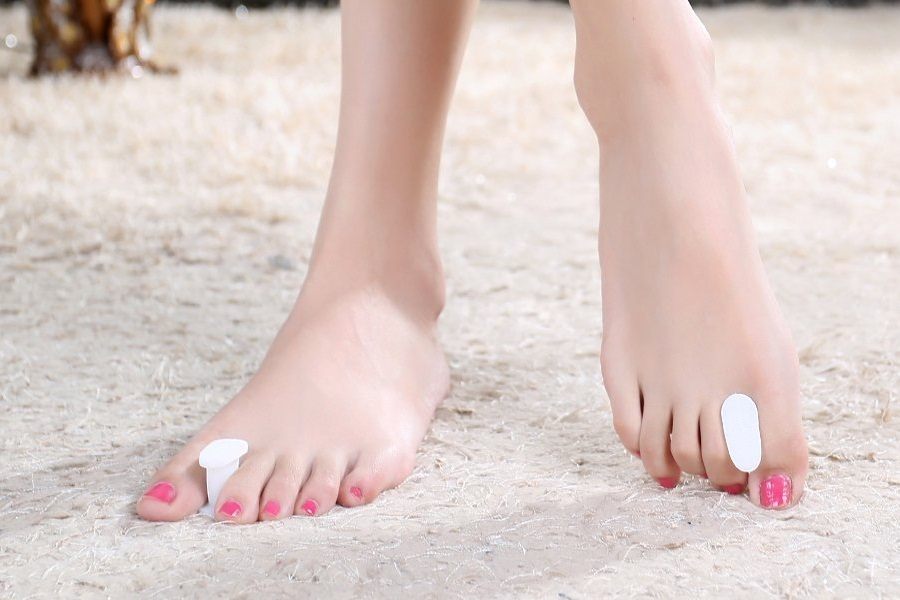
A bunion is an unnatural lump that forms at the base joint of the big toe. This causes the big toe to rub against the smaller toes, resulting in inflammation and pain. Patients often find it difficult to walk and are advised to opt for surgery. The good news is there are a variety of bunion correctors available in the market. Patients can now choose from a variety of sleeves and pads to solve their troubles.
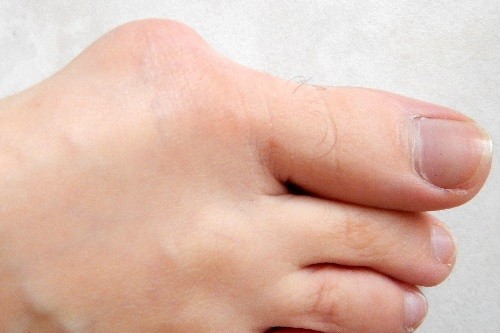
Different Types Of Bunion Correctors
Before you invest in a bunion corrector, it is imperative you talk to a healthcare professional. Bunion correctors are unlikely to benefit people with severe foot problems, hence evaluate your condition carefully before opting for a bunion corrector. Here are some of the most popular bunion corrector products:
Bunion Pads
Bunion pads are designed to improve toe alignment and protect the big toe joint from pain and pressure. These pads are usually constructed using gel, felt or mole skin and can be worn underneath your favorite shoes.

You can also wear these bunion correctors before going to bed. Unlike bunion sleeves, these pads offer limited coverage and only provide protection and support to the bunion. Bunion pads are more discreet and can easily be worn with various styles of footwear. Bunion pads are much easier to put on but are likely to move out of place, especially if you are walking or running.
Bunion Sleeves
Bunion sleeves are among the most popular types of bunion correctors used today. Unlike bunion pads that only cover a small portion of the foot, bunion sleeves offer better coverage and protection. Sleeves are less likely to fall off and will help improve foot alignment. Bunion sleeves offer the following benefits to patients:
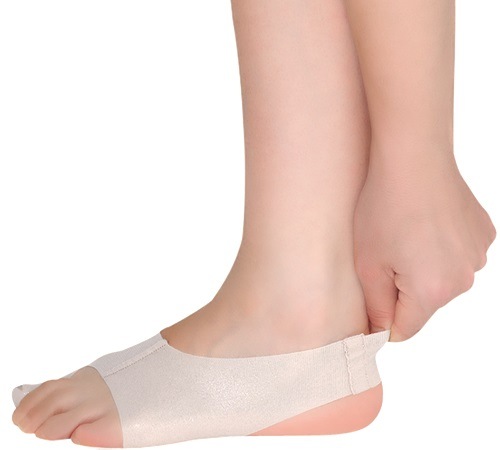
- Protection: Sleeves create a barrier between your shoe and the metatarsophalangeal (MTP) joint. This prevents discomfort caused by friction. This added protection decreases the intensity of bunion pain, allowing you to continue your usual activities.
- Realigns the Joint: Bunion sleeves improves misalignment and straightens your big toe joint. This prevents the condition from getting worse and helps relieve pressure and pain caused by foot problems.
- Straightens the Big Toe: Over time, wearing a bunion sleeve helps realign your big toe, which applies gentle pressure on your MTP joint. This results in improved balance and alleviates bunion pain, allowing patients to run, walk and carry out their daily activities without experiencing pain and discomfort.
Bunion Splints
A bunion splint is one of the simplest ways to reduce pain associated with a bunion and can also postpone the need for surgery. You can choose from a variety of different styles and deigns. Splints typically work by correcting the deformity of the big toe, realigning it back to its normal position.

In most conditions, splint prevents tightness and stiffness in the joint, relive symptoms and provide extra padding for extra foot protection. In the long run, wearing foot splints also prevent the formation of calluses and corns on the bunion. The most common types of bunion splints include:
- Toe Splints: As the name indicates, these splints are designed to only hold the toes in the correct position. Toe splints can be worn during the day with your shoes. You can also walk around and run errands while wearing toe splints. Many patients also wear toe splints after their surgery as a preventive measure. Toe splints are best suited for mild to moderate bunions. Contact a professional health expert to learn about whether toe splints are a good option for you or not.
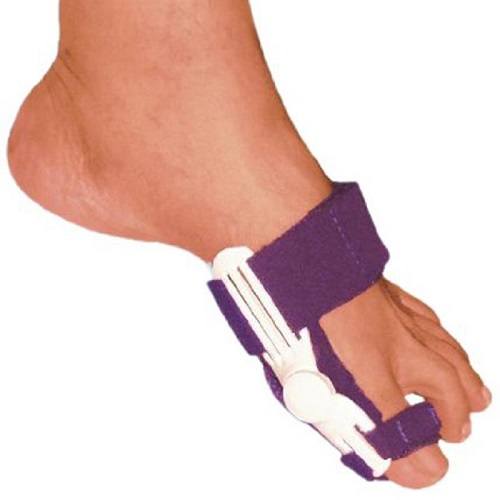
- Night Splints: Night splints are a more substantial version of bunion splints and can be worn before going to sleep. Unlike toe splints, this version cannot be worn during the day and are not recommended for walking in. Night splints offer superior support and better alignment as compared to other forms of bunion correctors. However, wearing splints can get uncomfortable over time. Ensure the contraption isn’t too tight or else it can make your condition even worse. Night splints are best suited for patients with mild to severe bunions.

- Toe Spacers: Toe Spacers are designed to effectively minimize pressure on the joints in your feet. They ensure your toes remain straight and a bit stretched. Toe spacers rest between your toes and realign it to its normal position. Toe spacers can be painful and are not recommended for everybody. They are best suited for people with mild to moderate bunions. Additionally, many would find it difficult to walk around with toe spacers.
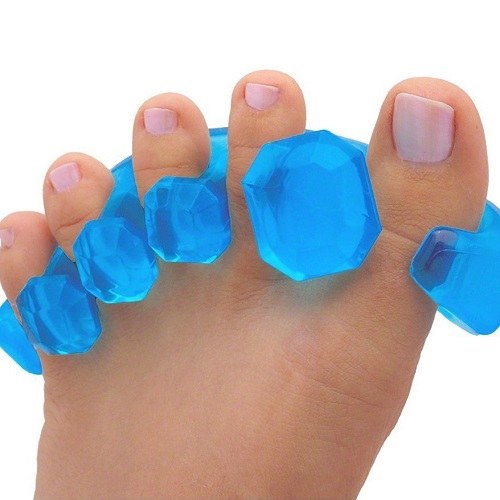
Investing in the right type of foot care products can help combat the pain you are experiencing and treat it effectively in case you injure your foot. If you are constantly on your feet, consider investing in shoe inserts or insoles for added support.
Do Bunion Correctors Work?
Patients are advised to take preventive measures that will prevent matters from getting worse. Using bunion correctors allow patients to live a better life. Using the right products can allow you to carry out daily activities without experiencing pain and discomfort.
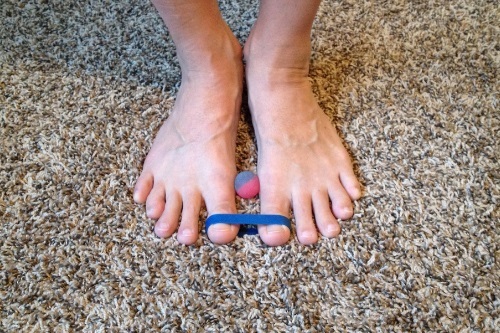
Conclusion
Avoid taking matters into your own hands and consult a certified health care professional. While bunion pads and sleeves are a known way of postponing the need for surgery, they might not be the best solution for everybody. Seek professional medical advice to reduce the risks of injuries. Investing in the wrong bunion correctors can aggravate the problem. This can make it difficult for patients to walk.


